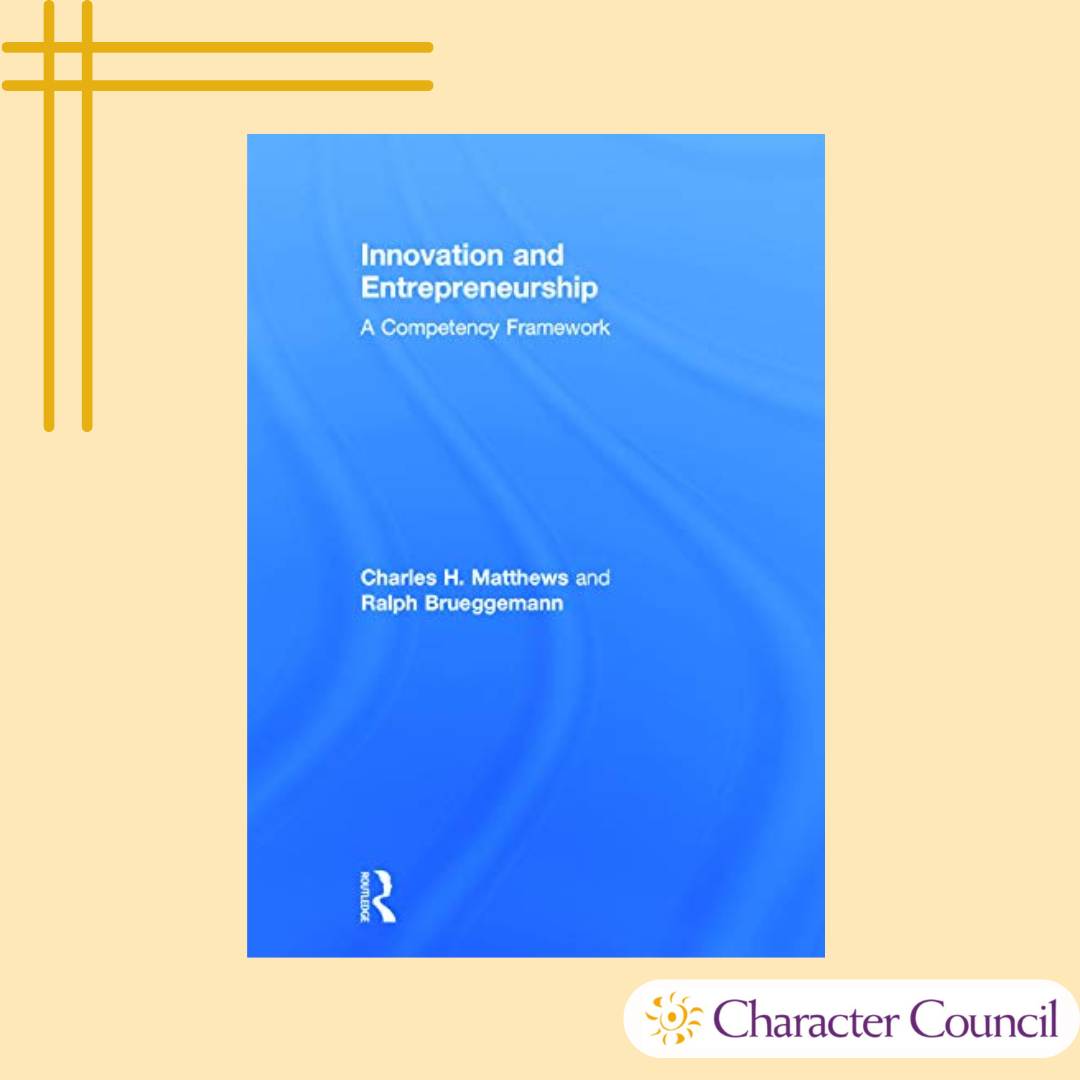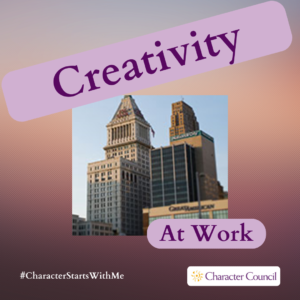
Creativity In Business
vs. underachievement
Approaching a need, a task, or an idea from a new perspective
“Unleash Your Creativity”
by Ralph Brueggemann, guest contributor
Gordon MacKenzie was an artist at Hallmark cards who was concerned that the level of bureaucracy at Hallmark constrained creativity. How do you generate new ideas and problem solve in a culture that encourages outdated behaviors and imagination? MacKenzie wondered if we were under-achieving because we were losing our imaginations.
MacKenzie visited schools and did demonstrations about the craft of steel sculpture. As he proceeded from the first grade to the sixth, he would ask, “How many artists are in the room? Would you please raise your hands?”[i] The pattern remained the same. There were many hands raised in the lower grades and fewer in the upper grades; the number of hands raised was in inverse proportion to the grade level.
MacKenzie uses a Hairball as a metaphor for how corporations grow and constrain creativity. He writes, “Intricate patterns of effective behavior have grown around the lessons of success, and failure, creating a Gordian knot of Corporate Normalcy (i.e., conformity with the ‘accepted model, pattern or standard’ of the corporate mind set).” [ii] When culture constrains, people can get sent away, people go away voluntarily, or people can orbit the Hairball by learning how to discover ways to benefit from the corporate resources but not get stymied by the bureaucracy.
“Creativity can be cultivated through curiosity, training and specific exercises designed to foster the imagination,” notes composer and musician Bruce Adolphe. “Our schools, however, often stifle creativity instead of promoting it,” he says. Creativity can be inhibited through rote memorization and overemphasis on testing.[iii] In contrast, creativity can be taught, learned and practiced. British author, speaker, and international advisor on education in the arts, Sir Ken Robinson, believes that education systems drain creative skills from students. Further revealing the deepening divide and need to close the creativity education gap, Sir Robinson notes, “My contention is that creativity now is as important in education as literacy, and we should treat it with the same status.”[iv] According to Sir Robinson, we have educated ourselves out of our imaginations.[v] “We are educating ourselves out of creativity.”[vi] His stark conclusion is that we are underutilizing our imagination and our creative talent.[vii]
Creativity is a lynchpin concept. According to Bruce Nussbaum, author of Creative Intelligence: Harnessing the Power to Create, Connect, and Inspire, “Creativity drives capitalism.”[viii] In essence, creative insights are the source that leads to innovation of all types and degrees that have the potential to generate the highest economic value. Business efficiencies that are built from science, technology, engineering, and mathematics are important, but they will not necessarily result in the economic growth to sustain jobs and a viable standard of living in a hyper-competitive economy.
Our future creative economy requires a set of innovation competencies. Within these innovation competencies, there is an emphasis on the importance of creativity, especially as a driver of innovation and entrepreneurship. While start-ups are a large source of new jobs, large and less agile organizations must also work to build subcultures that promote creativity simultaneously with operational efficiencies that focus on speeding up tasks, removing waste, and preventing defects. Schools need to provide enriched curriculums based less on learning how to take tests and more on learning how to be a problem finder and definer, and then how to apply the innovation and entrepreneurship competencies.
Ralph Brueggemann is an Adjunct Professor at the College of Engineering and Applied Science at the University of Cincinnati with a focus on interdisciplinary innovation. Co-author of a book on innovation and entrepreneurship.
[i] Gordon MacKenzie, Orbiting the Giant Hairball, (New York: Viking, 1996), 18–20, 19.
[ii] Gordon MacKenzie, Orbiting the Giant Hairball, (New York: Viking, 1996), 30–33, 30.
[iii] Karen Weintraub, “Brain a ‘Creativity Machine,’ If You Use it Right,” USA Today, November 9, 2013, accessed December 22, 2014, http://www.usatoday.com/story/news/nation/2013/11/09/creativity-brain-science/3457735/.
[iv] “Sir Ken Robinson: Do Schools Kill Creativity?” YouTube video, posted by “TED,” January 6, 2007, accessed August 19, 2011, http://www.youtube.com/watch?v=iG9CE55wbtY.
[v] “Sir Ken Robinson: Do Schools Kill Creativity?” YouTube video, posted by “TED,” January 6, 2007, accessed August 19, 2011, http://www.youtube.com/watch?v=iG9CE55wbtY.
[vi] “Sir Ken Robinson: Do Schools Kill Creativity?” YouTube video, posted by “TED,” January 6, 2007, accessed August 19, 2011, http://www.youtube.com/watch?v=iG9CE55wbtY.
[vii] Sir Ken Robinson, Out of our Minds, (Mankato, MN: Capstone, 2011).
[viii] Bruce Nussbaum, Creative Intelligence: Harnessing the Power to Create, Connect, and Inspire, (New York: HarperCollins, 2013), 239–240.

Interview for Creativity with this question:
Describe a time when you had to think outside the box on a project.
Download The Ultimate Guide to Hiring for Character with questions for all 36 qualities.
The Links below will take you to the most recent Team Building blog post and the previous posts. These are not related to a particular quality.
Human Tic-Tac-Toe
A teambuilding activity for any group.

Featured Book On Creativity
Innovation and Entrepreneurship:
A Competency Framework
by Charles H. Matthews and Ralph Brueggemann

Our other Pillars have resources that can be used in a workplace setting.
Visit Creativity in School>>
Activities
No Matter How You Say It
Curriculum Connections
Croskey’s Corner
Visit Creativity in the Community>>
Quotes
Character All Month Calendar
Related Qualities
Character Holiday Activities
Family Activity (with a printable for sending home to parents)
Visit Creativity in Faith>>
Christian Family Activity
Bible Verses
Christian Poster
Prayer and Reflections
Archived Resources

